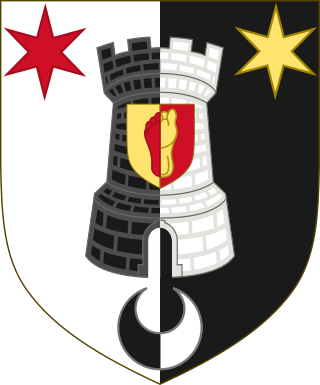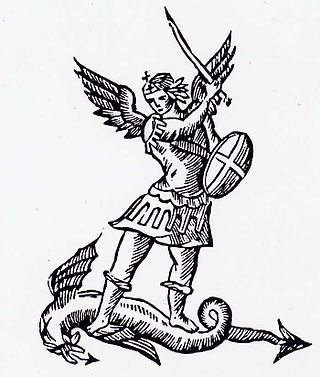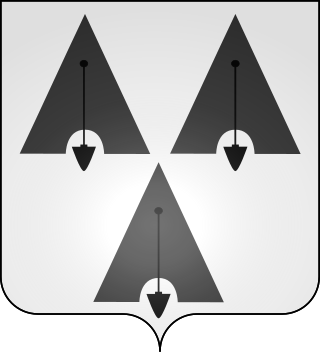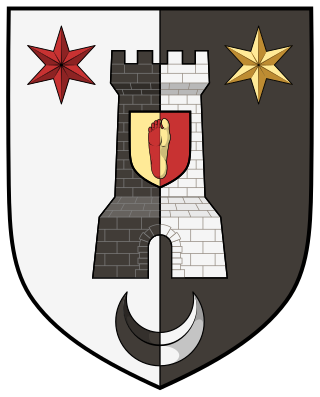
Uccle or Ukkel is one of the 19 municipalities of the Brussels-Capital Region, Belgium. Located in the southern part of the region, it is bordered by the City of Brussels, Forest, Ixelles, and Watermael-Boitsfort, as well as the Flemish municipalities of Drogenbos, Linkebeek and Sint-Genesius-Rode. In common with all of Brussels' municipalities, it is legally bilingual (French–Dutch).

The House of Nassau is a diversified aristocratic dynasty in Europe. It is named after the lordship associated with Nassau Castle, located in present-day Nassau, Rhineland-Palatinate, Germany. With the fall of the Hohenstaufen in the first half of the 13th century royal power within Franconia evaporated and the former stem duchy fragmented into separate independent states. Nassau emerged as one of those independent states as part of the Holy Roman Empire. The lords of Nassau were originally titled "Count of Nassau", subject only to the Emperor, and then elevated to the princely class as "Princely Counts". Early on they divided into two main branches: the elder (Walramian) branch, that gave rise to the German king Adolf, and the younger (Ottonian) branch, that gave rise to the Princes of Orange and the monarchs of the Netherlands.

Gabriel de Rochechouart de Mortemart, Duke of Mortemart was a French nobleman and father of the Marquise de Montespan. He was a friend of the French King Louis XIII.
Peter van Dievoet was a sculptor, statuary, wood carver, and designer of ornamental architectural features from Brussels. He achieved fame for his work on a number of the Baroque guild houses of the Grand-Place, which was rebuilt after the bombardment of 1695, as well as on the Statue of James II in Trafalgar Square, London. He was the brother of Philippe van Dievoet, goldsmith to King Louis XIV of France and the uncle of the Parisian printer Guillaume Vandive.

Sire Philippe Van Dievoet called Vandive, écuyer, (1654–1738) was a celebrated goldsmith and jeweller. He was goldsmith to King Louis XIV, councillor of the King, officier de la Garde Robe du Roi, trustee of the Hôtel de ville of Paris, and Consul of Paris.

Gabriel Van Dievoet was a Belgian decorator and Liberty style sgraffitist. He was the brother of the architect Henri Van Dievoet.

Louis Joseph Victor Jullien de Bidon was a French officer and nobleman.
Jacques Nicolas Bellavène was a French general. His name is engraved on the east side of the Arc de triomphe.

Augustus Van Dievoet was a Belgian legal historian and Supreme Court advocate. His son, Jules Van Dievoet, also a Supreme Court advocate, married Marguerite Anspach (1852-1934), the daughter of Jules Anspach, who served as burgomaster of Brussels in 1863–1879.

The statue of James II is a bronze sculpture located in the front garden of the National Gallery in Trafalgar Square, London, United Kingdom. Probably inspired by French statues of the same period, it depicts James II of England as a Roman emperor, wearing Roman armour and a laurel wreath. It originally also depicted him holding a baton. It was produced by the workshop of Grinling Gibbons. The execution was most likely, according to contemporary accounts, the work of the sculptors Peter van Dievoet from Brussels and Laurens van der Meulen from Mechlin, rather than of Gibbons himself. The statue has been relocated several times since it was first erected in the grounds of the old Palace of Whitehall in 1686, only two years before James II was deposed.
This page shows the coats of arms, heraldic achievements, and heraldic flags of the House of Nassau.

The Van Dievoetfamily is a Belgian family originating from the Duchy of Brabant. It descends from the Seven Lineages of Brussels and its members have been bourgeois (freemen) of that city since the 1600s. It formed, at the end of the 17th century, a now extinct Parisian branch which used the name Vandive.

In Brussels, as in most European cities, one needed the capacity of bourgeois in order to not only exercise political rights, but also to practice a trade, which, in Brussels, meant to be a member of the Guilds or of the Seven Noble Houses. The charter of Brussels, as codified in 1570 in articles 206 and following, provided the conditions of admission to the bourgeoisie of the city. The Bourgeois were the patrician class of the city. This social class was abolished by Napoleon during the French occupation.

The Leyniers family (/lɛnɪjɛ/) is a bourgeois family that appeared in Brussels in the 15th century and produced many high-level tapestry makers and dyers, experts in the art of dyeing in subtle shades the woolen threads destined for this trade.

The Wittouck family (/witʊk/) is a noble Belgian family, that descends from the Seven Noble Houses of Brussels, established in Brussels since the 18th century.

The Vandive family was a Parisian branch of the Van Dievoetfamily from Brussels, descended from goldsmith Philippe Van Dievoet, the elder brother of famous Brussels sculptor Peter Van Dievoet. The family were first bourgeois of Paris before becoming part of the French nobility.
Josse-Émile van Dievoet was a Flemish politician and lawyer. He served as Belgian Minister of Justice.
The Enfants Noyés Nature Reserve is a nature reserve consisting of three large ponds located in a valley of the Sonian Forest in Brussels. The nature reserve consists of three distinct ponds: The Étang du Fer à Cheval, the Étang des Canards Sauvages and the Étang du Clos des Chênes.

The Maison de l'Agneau Blanc or simply l'Agneau Blanc is a Baroque house, built in 1696, located at 42, rue du Marché aux Herbes/Grasmarkt in Brussels, Belgium, parallel to the Grand-Place/Grote Markt. It has been a protected heritage site since 2011.

Jules Lismonde was a Belgian painter and drawer. He was a member of the Royal Academy of Science, Letters and Fine Arts of Belgium.


















